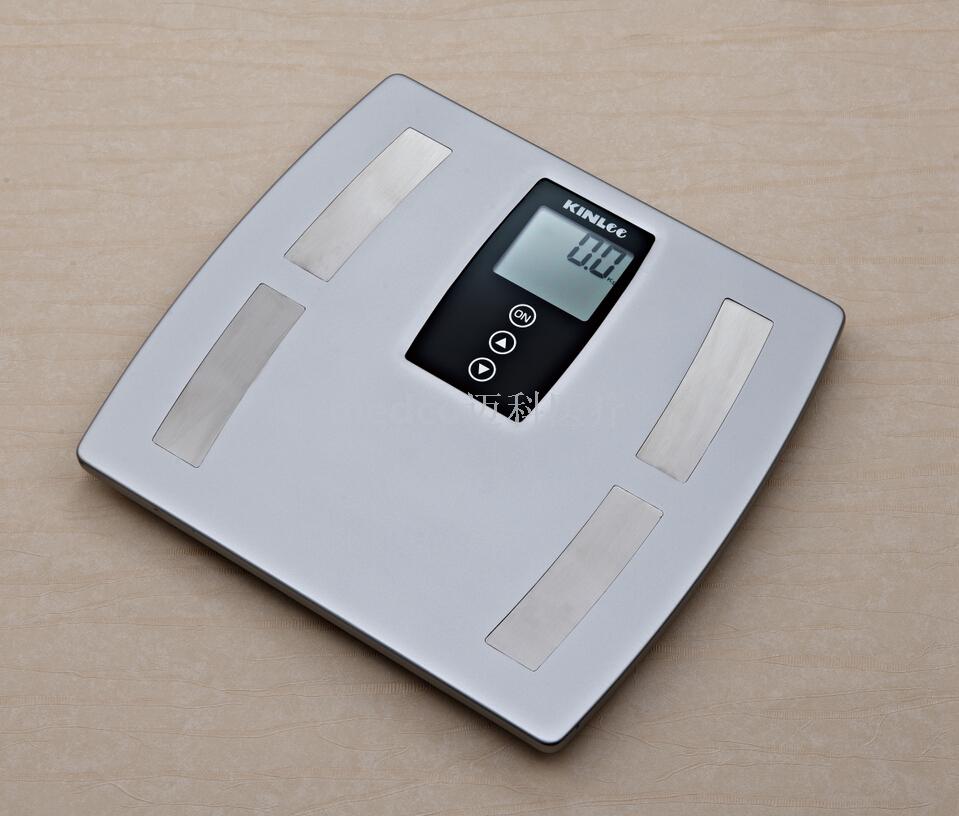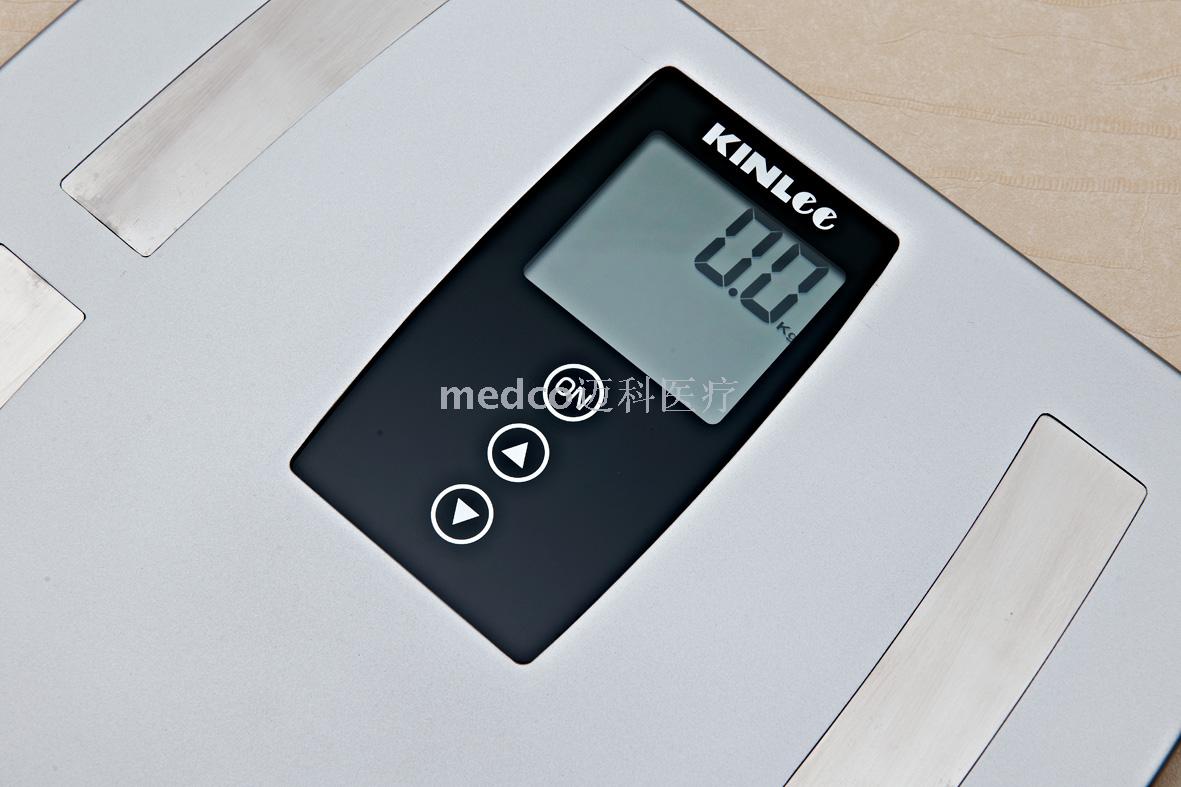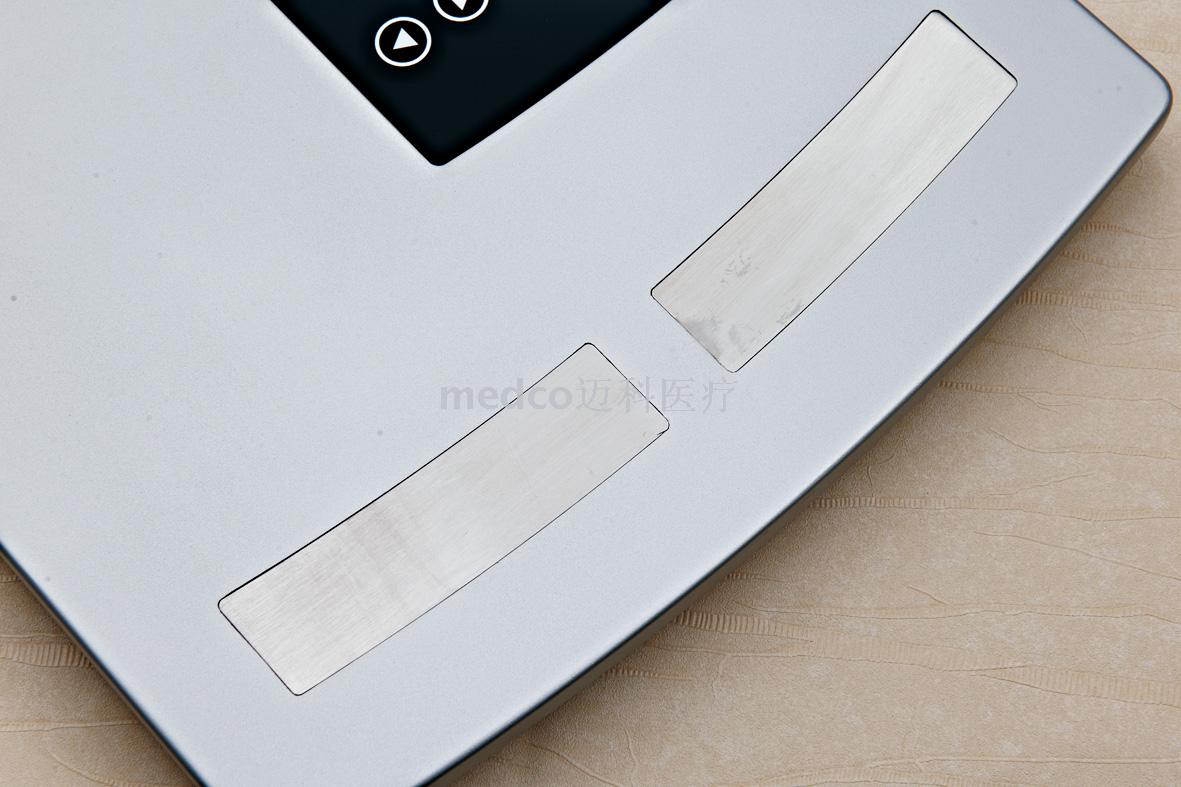
Search history
Clear allSearch by image
XDrag and drop an image here or upload an image
Max 5MB per image
UploadSign In | Join

Search history
Clear allSearch by image
XDrag and drop an image here or upload an image
Max 5MB per image
UploadSign In | Join
X Email Mobile
A new item has been added to your Shopping Cart. You now have items in your Shopping Cart.



1. Realize remote operation; 2. Realize automatic control; 3. The digital display is intuitive and reduces human error; 4. High accuracy and strong resolution; 5. Wide weighing range; 6. Special functions: weight deduction, pre - deduction, return to zero, accumulation, warning, etc. 7. Simple maintenance; 8. Small size; 9. Simple installation and correction; 10. Special industries, which can be connected to printers or computer drivers; 11. Intelligent electronic scale, quick response and high efficiency; Human health scale 1. Maximum Weighing: An electronic scale does not include tare weight. The maximum weighing capacity ( full load value ) is the maximum load that can be weighed. 2. Minimum Weighing: A relative error that occurs when an electronic scale is lower than this value; 3. Safety load: 120 % normal weighing range; 4. Rated load: normal weighing range; 5. Allowable error: the maximum allowable deviation in grade verification; 6. Sense: The minimum scale that an electronic scale can display; Usually denoted by " d"; 7. Minimum scale: take-off value, for example: ︰60Kg×5g, 5g is the minimum scale, i.e. the minimum inductance; 8. Scale interval: inductance =( e ), indicating how much weight each jump will add, for example: 300 g× 0.001g, and 0.001 g is inductance; 9. Number of scale intervals: if the scale starts from 10g, how many scales are there from 10g to the maximum scale. For example: 100 kg× 10g, ( 100× 1000 ) ÷ 10 = 10000, 10000 is the number of scale intervals; 10. Precision: Ratio of inductance to full weighing. Example: 6000g minimum scale ( inductance ) 0.5g .. That is, 05 / 6000 = 1 / 12001 / 12000 is the precision of this scale. 11. Electromagnetic interference: The interference caused by radio waves is commonly referred to as, for example, the radio waves emitted by mobile phones. 12. Analytical quantity: the smallest scale that can be resolved by an electronic scale with counting function; 13. Resolution: An electronic scale with counting function, with a parameter with internal resolution; 14. internal resolution: i.e. internal precision, if 5 COUNT is 1 hop, then 5 count is the internal resolution. For example: 100 g ( weight ) ×0.01g ( inductance ), 5 COUNT 1 jump, 0.01 g / 100 g = 1 / 10000 ( precision ). 1 / 10000 ÷ 5 = 1 / 50000 ( internal resolution ), the internal resolution is mainly for CPU operation. Internal resolution is mainly used for Counting Scales, which is simply the minimum value that counting scale can count and analyze. 15. Preheating time: the time it takes for a scale to reach various targets; 16.OFFSET value: Take a value from COUNT as the starting zero value, mainly to keep the scale in normal operation so as to avoid any improper situation. ( count: Refers to the internal analytic value ) When setting up a general scale, the software person will define the -OFF SET value, that is, the zero point value, which can be used as the judgment and basis for adjustment. 17.SPAN Value: Load on the displayed value of the scale, namely SPAN, so that the scale can display as much weight as it puts, so that the scale will not have too much error. 18. CREEP CREEP: After a time load test, record the results to see if there is any change, the test results, and the Creep size It will depend on the stability of this scale. 19. Hysteresis: Weights of equal proportions are added up on the scale and the displayed weight is recorded, and then the weights of the scale are removed to see if there is any error. It's a bit similar to Q15 linear test to test whether its recovery is good. 20. Applicable temperature: - 10 ℃ ~ + 40 ℃. ( According to the definition of OIML, the applicable temperature is not indicated on this basis ). 21. Humidity: the relative percentage of moisture in the air. Excessive humidity will affect the linearity and stability of the scale, and too low or too dry will cause electrostatic interference. 22. The operating environment temperature of the electronic scale is: - 10 ℃ to 40 ℃ 23. Table size of platform scale: 25 cm x 30 cm x 40 cm x 50 cm 42 cm x 52 cm 45 cm x 60 cm Two common troubleshooting methods for electronic scales: The electronic scale cannot be charged or the charging indicator does not illuminate or does not respond 1. Please confirm the 110V/220V of the electronic scale first? Whether the voltage switch is set to the same voltage as the power supply, and make sure that the charging line is firmly plugged into the charging seat on the scale. 2. Check whether there is any external force on the charging line to cause an open circuit. 3. Check whether the fuse is not good. 4. Bad battery. 5. For the fourth reason or not, it is recommended to send it back to the distribution station. No action after the electronic scale is turned on? 1. If you use a dry ( storage ) battery, first confirm whether the voltage of the dry ( storage ) battery is sufficient. If the voltage is insufficient, replace the dry battery ( the battery should be charged ). 2. If the adapter is used, pull out the adapter output connected to the electronic scale and install the dry battery. If the adapter can be turned on, please replace it. 3. Whether the fuse of the electronic scale is not good. 4. The switch or key may be damaged. 5. Possible electronic component failure. 6. For reasons 4 and 5 or not mentioned above, it is recommended to send it back to the distribution station
\"Please read the product manual carefully or purchase and use it under the guidance of the medical staff\".
Update time:
TOP